In early January, the 2017 CES conference was held in Las Vegas, USA. According to statistics, more than 3,800 companies participated in the exhibition, one third of which came from China.
Chinese manufacturers launch a large number of new productsThe US Consumer Technology Association recently released a report that global consumer electronics spending will continue to decline in 2017 due to the appreciation of the US dollar and increased global trade uncertainty. However, in different regions, emerging markets such as China and India have great potential in the field of consumer electronics. The relevant person in charge of the association believes that in the past few years, China has developed into a mature consumer electronics market, and electronic technology has completely penetrated into all aspects of Chinese people's lives.
Users directly involved in the development of mobile phones, the world's first two-color 4K laser TV, with a slim body and a borderless design of quantum dot TV... New products launched by Chinese manufacturers have attracted much attention at the Consumer Electronics Show in Las Vegas . Chinese companies such as ZTE, Hisense and TCL have released a number of new products. Among them, ZTE released the "Eagle Eye" mobile phone, which is expected to be available worldwide in the third quarter of 2017.
It is predicted that global TV sales will increase slightly by 1% to 229 million units in 2017, of which 4K TV sales will increase from 52.7 million units in 2016 to 81.9 million units. At the show, TCL released the X2 and X3 with ultra-thin body and borderless design. The two TVs are based on quantum dot materials, which have excellent heat resistance and stability. The two TVs have a maximum brightness of 400 nits, a 50% higher color gamut than regular LCD TVs, and a slim body of 7.9 mm and 6.9 mm, respectively, which greatly enhances the industry standard for ultra-thin TVs. Both TVs are expected to be available in Asia, the Americas, Europe and Africa starting in the second quarter of 2017. Hisense started laser TV in 2015, and launched 4K laser TV in 2016. In 2017, it launched the two-color 4K laser TV again, which added red laser module based on the existing blue laser module. "In laser technology, we have a small step every year and a big step in three years, becoming the undisputed leader in the global laser TV market," said Liu Hongxin, president of Hisense.
Virtual reality technology has become popularOne of the hot spots of the exhibition is virtual reality technology. It is understood that there are more than 70 virtual reality related manufacturers exhibiting, an increase of 48%.
In 2016, it was named the first year of the virtual reality industry. The reason is that the major virtual reality hardware suppliers such as Oclus, HTC and Sony of American Mask Company have successively launched consumer-grade head-mounted displays, which detonated mass consumers and investment. The organization has never been concerned. At the same time, the corresponding development platforms, application suites and solutions have gradually been expanded and improved.
However, some industry data show that the actual market sales of virtual reality hardware products in 2016 is far less than expected. At the virtual reality conference held at the University of California, San Francisco Convention and Exhibition Center, a number of Silicon Valley venture capital experts have thrown out the "virtual reality capital winter theory." Peter Kakik, the main founder of the conference, said that virtual reality development has not met expectations, whether it is hardware head-mounted displays or content. He said: "The space for development is still very large, and the investment contraction can also squeeze out some bubbles in disguise."
Too high a price and too few products are not the main reasons hindering the development of virtual reality. The lack of content is the real problem. Especially in the era of mobile virtual reality, users' demand for content and requirements are gradually increasing. The global game market of more than $5 billion is an important way to profit from virtual reality technology today, especially for virtual reality mobile games with lower thresholds. In 2016, the number of users in the field accounted for almost 70% of the entire game industry.
George Bloom, founder of Virtual Channel Inc., which integrates virtual reality technology into an interactive teaching platform in Los Angeles, USA, said that education will be a promising field for virtual reality technology applications. I believe that with the immersive experience of virtual reality, future education Will become more interesting and efficient. The state-owned artificial intelligence technology company based in Los Angeles has been focusing on the development of virtual human technology. Zheng Yi, co-founder of the company, said that the future of virtual reality socialization combined with artificial intelligence technology will become a major trend. In addition, Zhang Jiabin, a science and technology expert from Chinese Taipei, hopes to combine virtual reality with traditional Chinese medicine acupuncture and moxibustion to benefit patients.
China is becoming the most important virtual reality consumer market in the world and is a recognized fact in the industry. Goldman Sachs Group, a multinational investment bank, predicted in early 2017 that by 2025, the global virtual reality market revenue is expected to rise to $60 billion, with hardware and software accounting for half. At the same time, in 2016, sales of China's virtual reality head-mounted displays are expected to account for one-third of the world.
According to Wang Congqing, general manager of HTC Virtual Reality Head-mounted Display China, the potential of China's virtual reality market is huge, not only because of the continuous innovation and upgrading of enterprises, but also the majority of people including Chinese corporate users and ordinary consumers. The acceptance is much higher than in other parts of the world. Industry analysts believe that the development of China's virtual reality industry presents two major characteristics: First, the capital market has good prospects and financing innovation is highly motivated. It is estimated that China's virtual reality equipment shipments will reach 8.2 million units in 2020, with more than 25 million users. Second, content development is recognized by the market, and the offline experience hall is growing rapidly. At present, there are more than 2,000 virtual reality offline experience halls in China.
Elbow is called Butt-welded Elbows or Butt-welding Elbows, it's a kind of common pipe fitting for connecting two pipes with same or different nominal diameters, then make the pipeline turn in certain angle. In pipeline system, elbow is used in changing the direction of pipeline. It accounts for 80% of all used pipe fittings in pipeline system, which is the largest ratio.
Welded Elbow: 1/2"~78" DN15~DN1900
Outside Diameter:ASME, JIS,DIN
Wall Thickness: JIS, DIN,sch10, sch20, sch30, std, sch40, sch60, xs, sch80, sch100,sch120, sch140, sch160, xxs, sch5s, sch20s, sch40s, sch80s
Materials:Carbon steel: ASTM/ASME A234 WPB.WPCAlloy steel: ASTM/ASME A234 WP 1-WP 12-WP 11-WP 22-WP 5-WP 91-WP 911
Stanless steel: ASTM/ASME A403 WP 304-304L,ASTM/ASME A403 WP 316-316L,ASTM/ASME A403 WP 321-321H ASTM/ASME A403 WP 347-347H
Industrial processes:bending,squeezing,pressing,forging,machining and more
Applications:Our pipe reducers are widely used in many industries,such as petroleum,power generation,natural gas, chemicals, shipbuilding, papermaking and metallurgy,and so on.
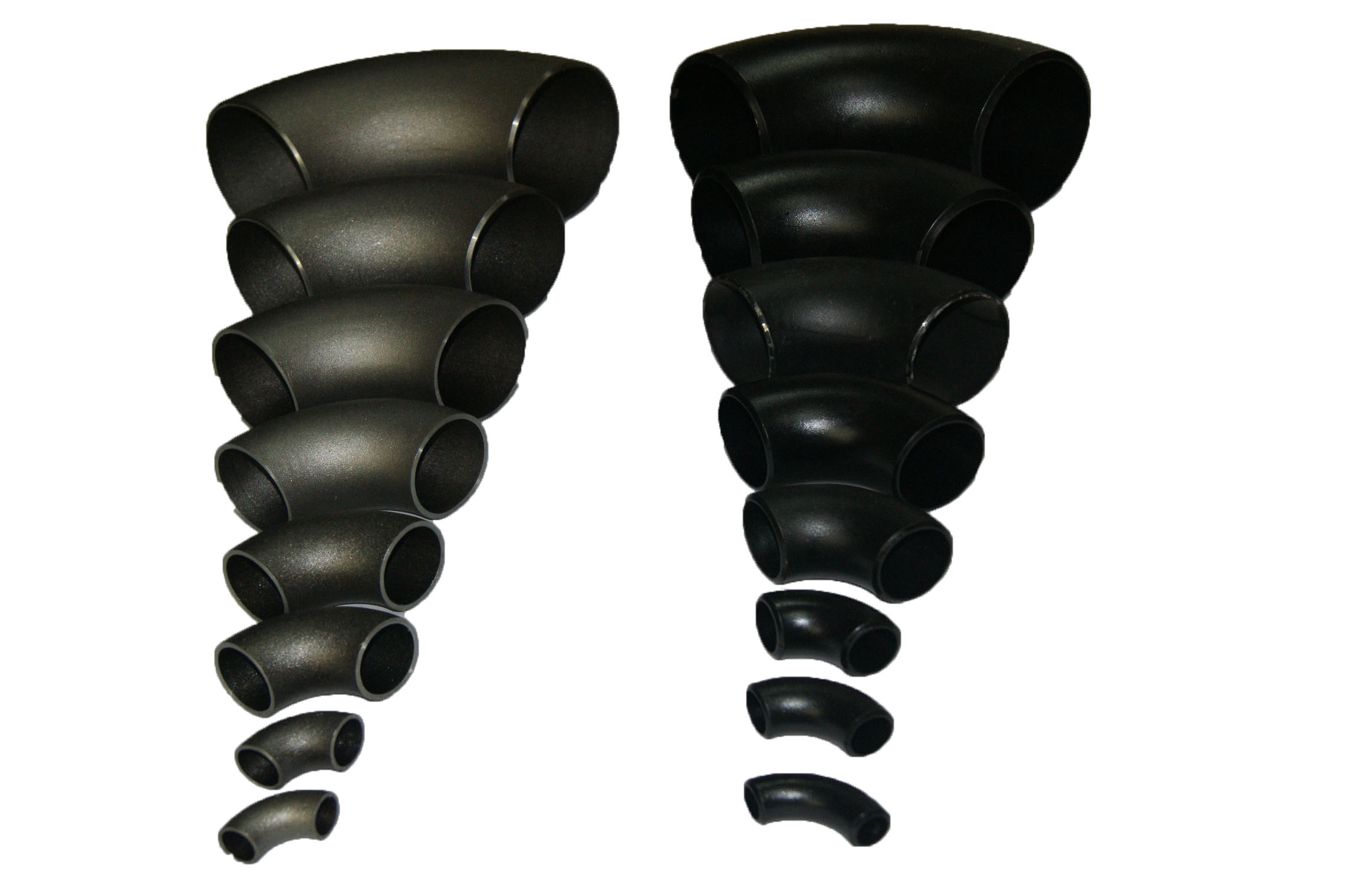
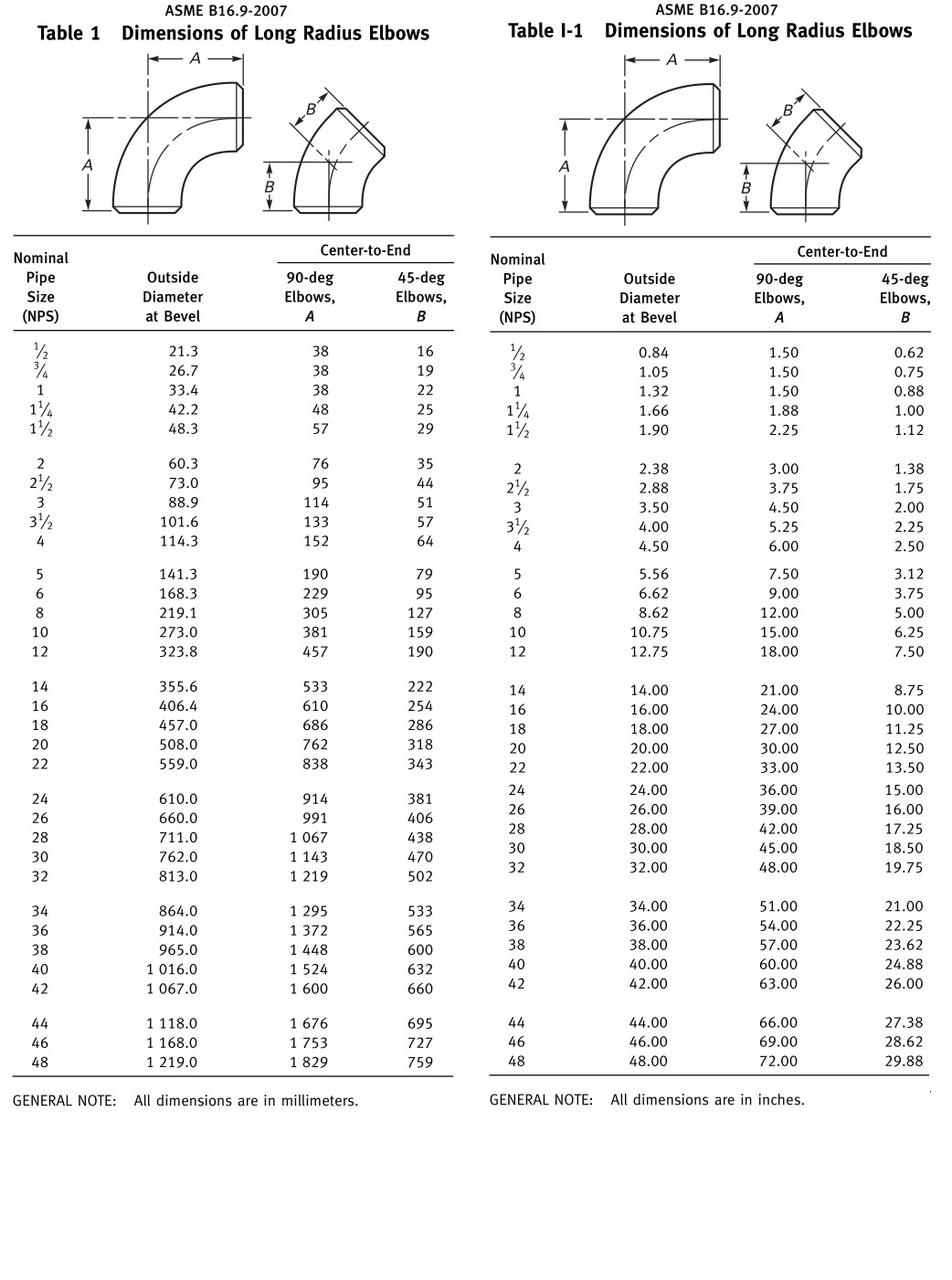
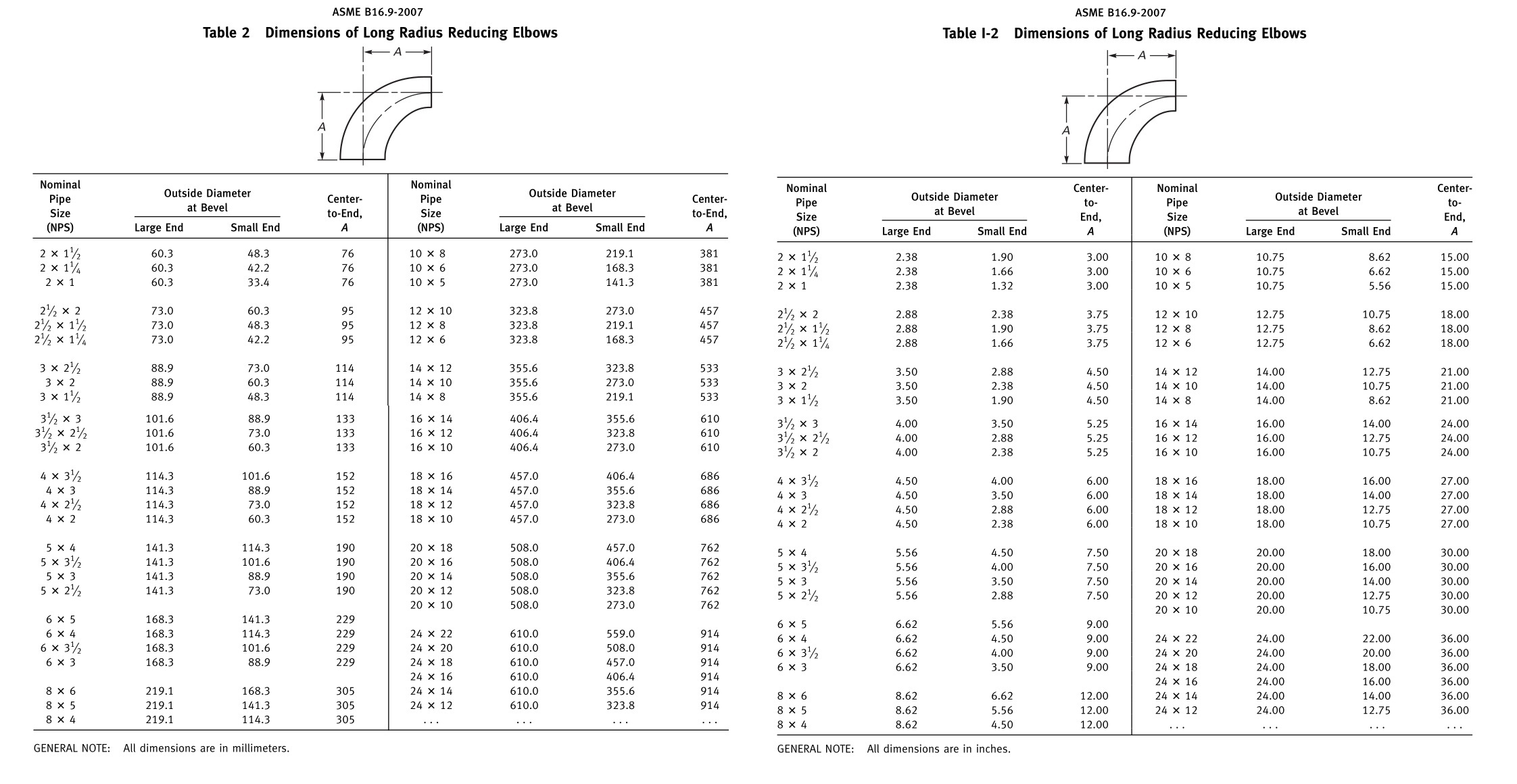
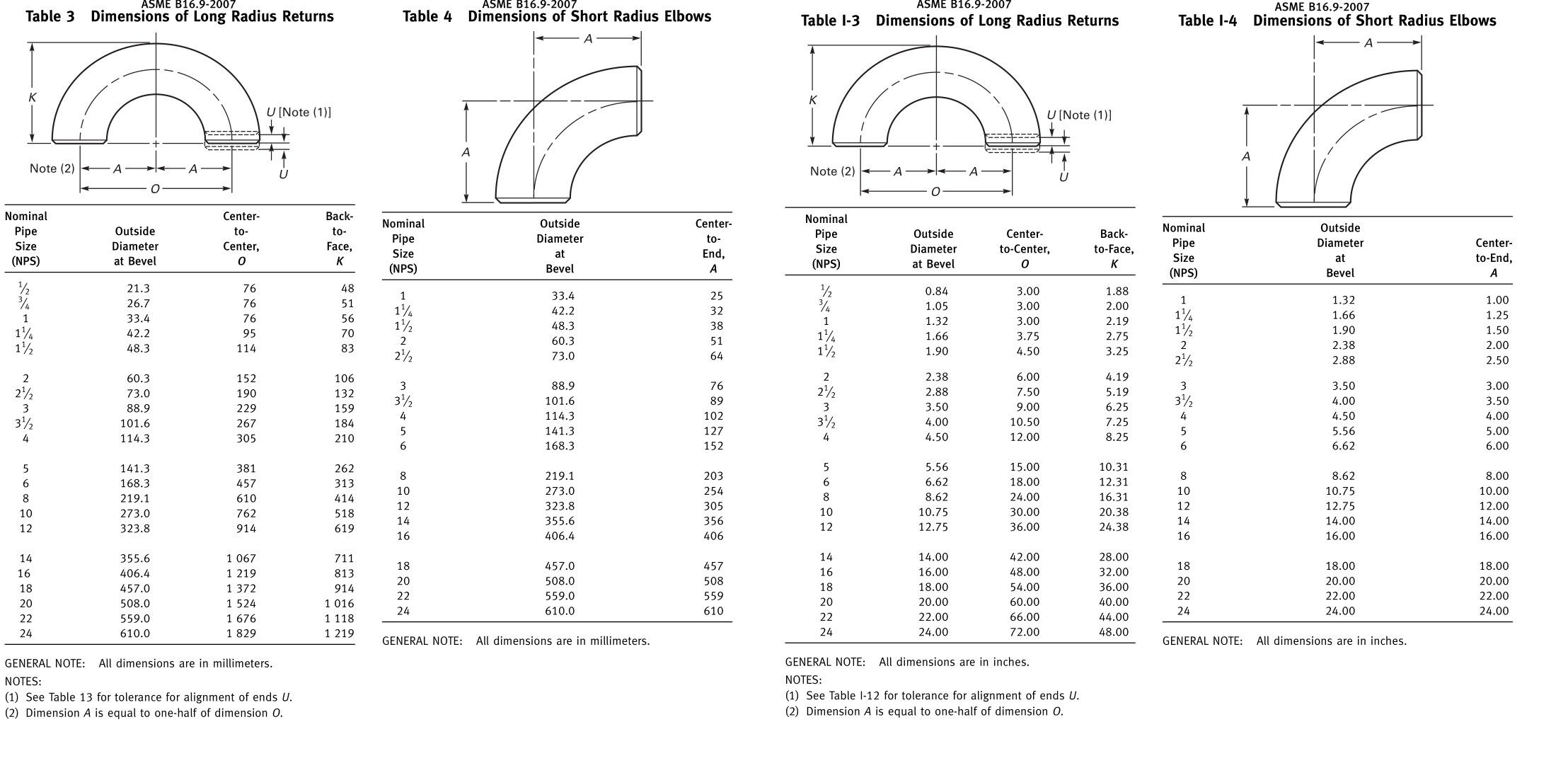
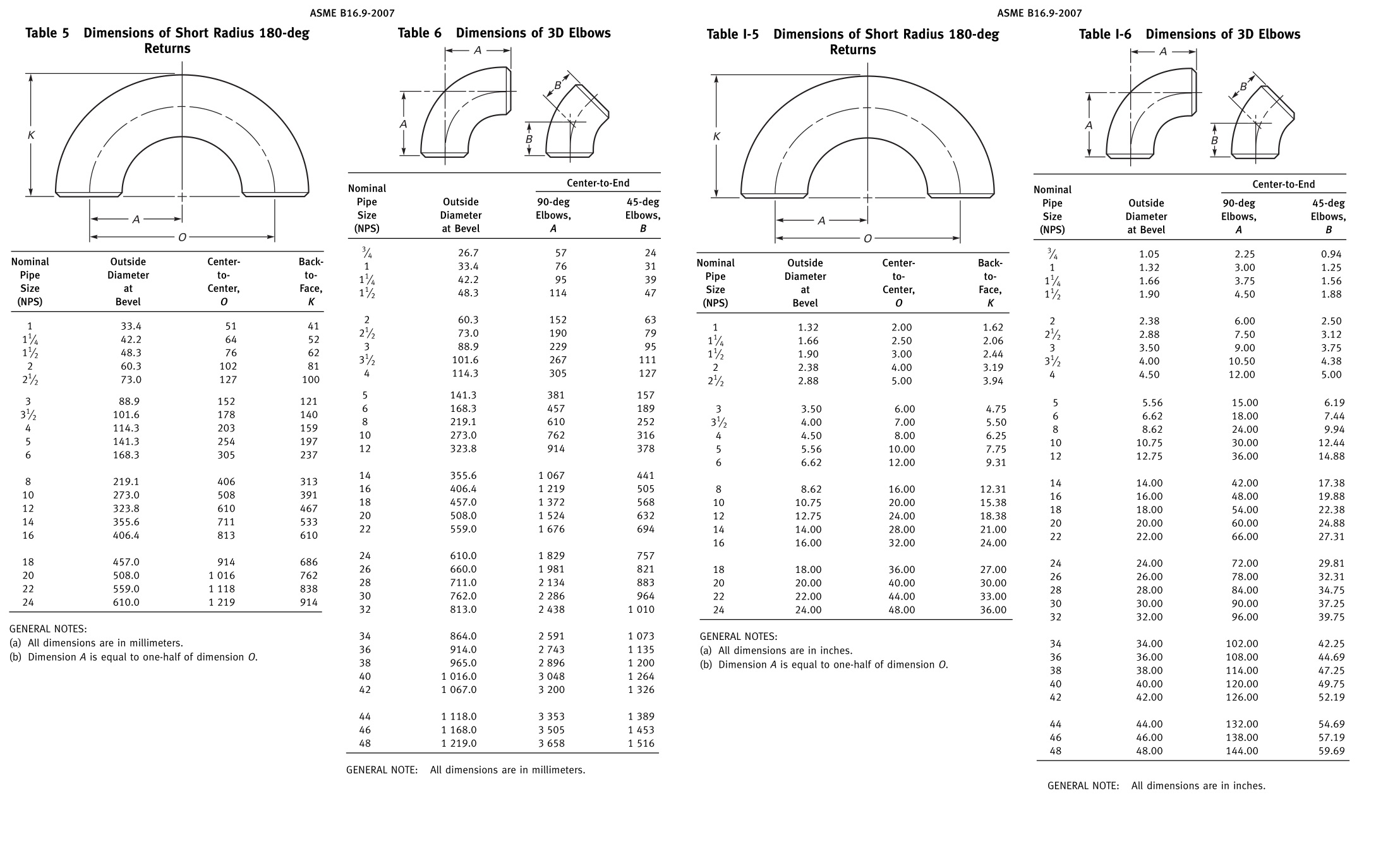
Steel Elbows,Carbon Steel Elbows,Butt Welding Elbows,Butt-Welding Pipe Elbows
HEBEI ZIFENG NEW ENERGY TECHNOLOGY CO.,LTD. , https://www.zifengpipeline.com
![<?echo $_SERVER['SERVER_NAME'];?>](/template/twentyseventeen/skin/images/header.jpg)